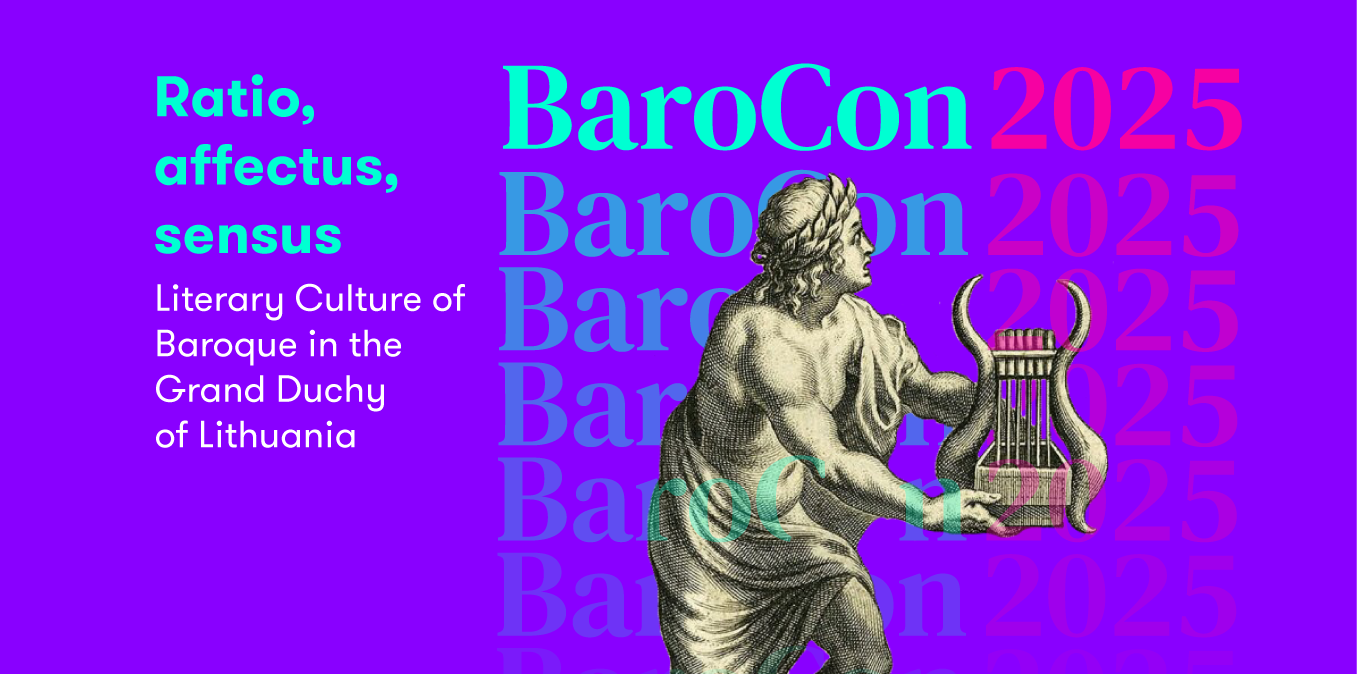
Tomas Riklius
Sarbiewski’s Theoretical Intersections with the Post-Tridentine Intellectual Sphere
Tomas Riklius
Vilnius University
Sarbiewski’s Theoretical Intersections with the Post-Tridentine Intellectual Sphere
Keywords: Sarbiewski, discors concordia, literary theory, aesthetic categories, post-Tridentine art theory
In the theoretical work 'De acuto et arguto', written in the first half of the 17th century, Maciej Kazimierz Sarbiewski succinctly describes the poetic and literary principles of the Baroque as 'discors concordia'. For Sarbiewski, it was a rational result of the juxtaposition of unlikely conjunctions, i.e. acutum ('sharpness') and argutum ('wit'), and the merging of classical concepts with the Renaissance worldview. It seems evident that these concepts share the same spirit and intellectual premises as the post-Tridentine categories of aesthetic evaluation intended for sacred painting. In this paper I explore the theoretical background of Sarbiewski's theory, revealing its intellectual connections with the aesthetic categories of sacredness, historicity, verisimilitude, and modesty articulated in the art theory treatises of concurrent Catholic scholars such as Giovanni Andrea Gilio, Federico Borromeo, Antonio Possevino, and Gabriele Paleotti.